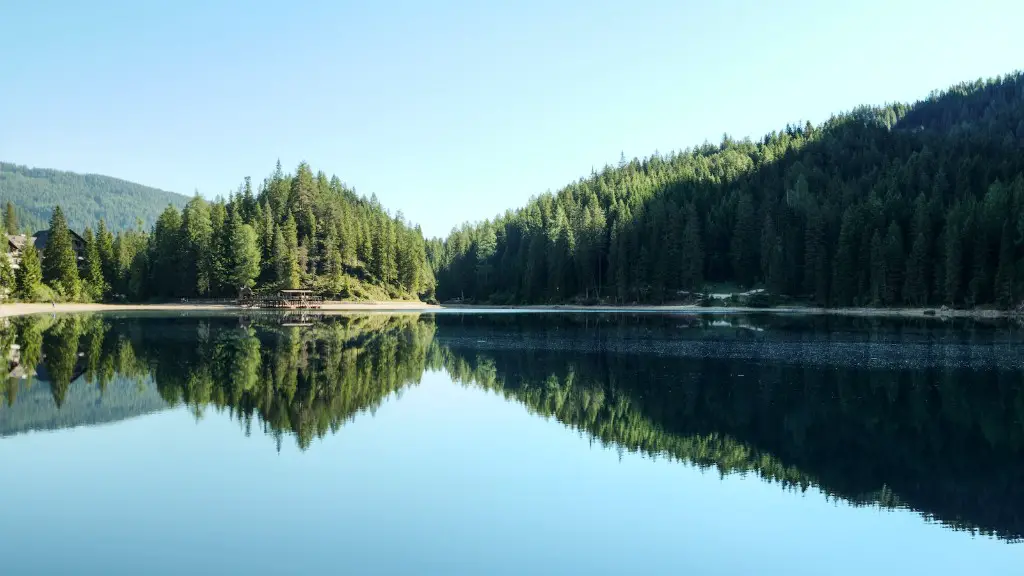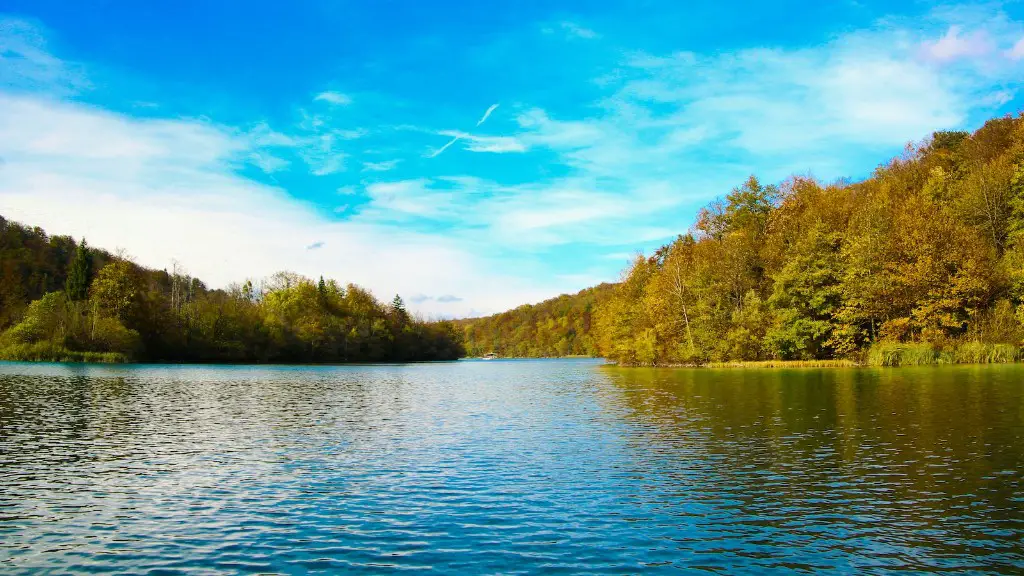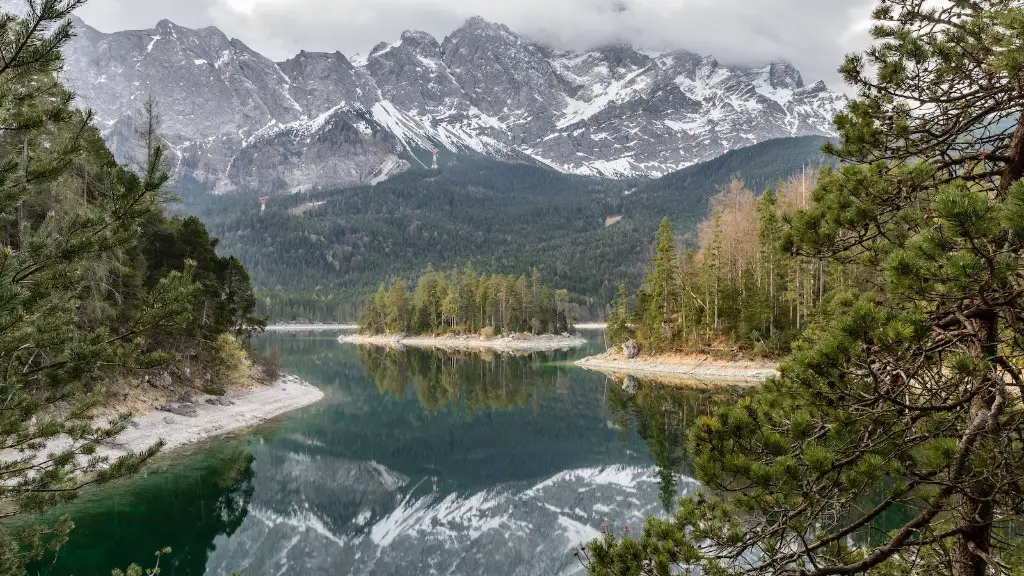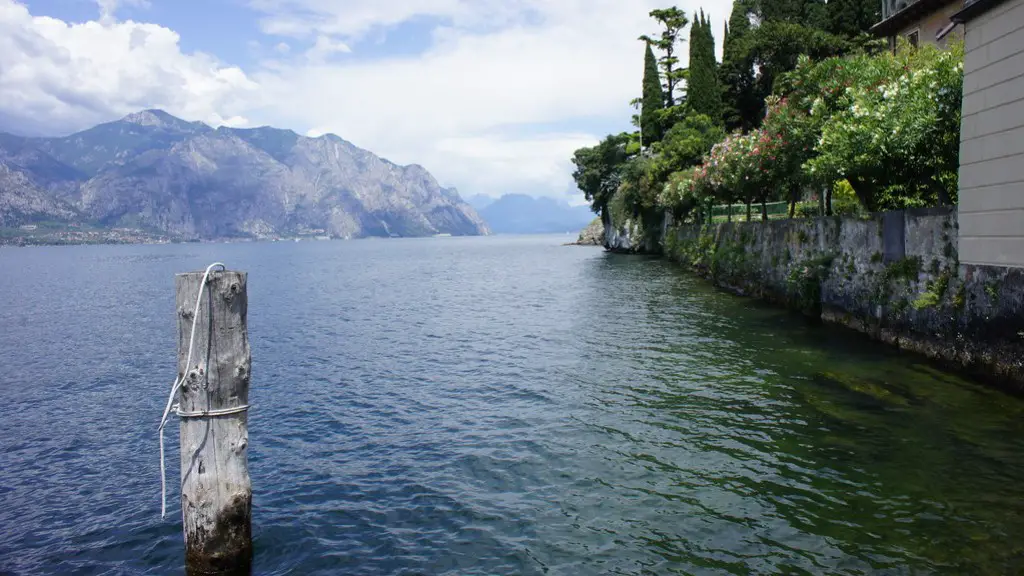Do People Swim in Lake Superior?
Lake Superior is the largest of the Great Lakes, with a surface area of more than 82,000 square miles. It’s a popular destination for swimming, fishing, and other recreational activities. The water is chilly, but not too cold for swimming. While most people would not recommend swimming in the lake, it can be done with the proper precautions and knowledge.
Lake Superior is home to many species of fish, mammals and birds. Some of these include whitefish, lake trout, and lake sturgeon, as well as mammals like beavers, otters and muskrats. There are also a variety of plants and algae living in the lake. Due to the vast array of wildlife, the water is constantly in motion and does not stay still for long.
The temperature of Lake Superior varies throughout the year, with the coldest temperatures in winter. In summer, the surface temperature of the lake is generally between 45-55°F. This can be dangerous for swimmers as they can suffer from hypothermia if exposed to the cold water. In addition, the lake floor is uneven and varies in depth, meaning swimmers must take care and not enter areas they are unfamiliar with.
The lake also contains many pollutants and toxins, so it is important to avoid swallowing lake water and to shower immediately after swimming. A 2006 study by the U.S. Environmental Protection Agency found that 35 percent of Lake Superior’s rivers and streams were not meeting water quality standards due to high levels of pollutants and toxins.
Swimming in Lake Superior is also illegal in some areas, due to the risk of hypothermia, pollution and the threat of ongoing fish and wildlife destruction. In Minnesota and Michigan, for example, all swimming areas are regulated by the state and must follow certain safety protocols. Swimmers must obey all signs and warnings placed by the state before entering Lake Superior.
However, with the right preparation and knowledge, swimming in Lake Superior can be a safe and enjoyable experience. To safely swim, it’s recommended to wear a wetsuit or drysuit when entering the water. This will help to protect the body from the cold and provide the necessary buoyancy. It’s also recommended to stick to shallow waters, such as beaches or roped-off areas, and to stay within your means when swimming.
Before swimming, it’s also important to familiarize yourself with the lake and its conditions. Check the local weather reports, including wind and wave forecasts, to determine the best time and place to swim. Be sure to always swim with a friend, and in an area with a lifeguard on duty. The risk of hypothermia, pollutants and the uneven lake floor all mean that swimming in Lake Superior is a risky business. But with the right preparation, it can be an enjoyable, safe experience.
Challenges of Swimming in Lake Superior
Swimming in Lake Superior can be a challenge due to the lake’s size and the cold temperatures. The lake can be unpredictable, with large waves and strong winds that can make swimming difficult. In addition, Lake Superior can be crowded with boats and other watercraft, which can make it dangerous for swimmers.
The lake is also home to aggressive fish and other aquatic creatures that can be hazardous. Bluegills, bass, muskies, and northern pike are all common species in the lake. While these species are not usually aggressive, it is important to be aware of the potential for aggression, especially around spawning season.
In addition, the lake can experience algal blooms that can be harmful to humans. Blooms occur in late summer due to high temperatures and nutrient levels in the water. Algae can cause skin irritation and respiratory issues, so swimmers should make sure they are aware of any warnings regarding algal blooms.
Even during optimal conditions, the cold temperatures of Lake Superior make it a challenge to swim for an extended period of time. The best strategy is to swim in the mornings or early evenings, when the water is still warm from the day’s sun. Swimming in the mornings will also allow you to avoid the waves and winds that can be choppy in the afternoons.
Lastly, Lake Superior is one of the deepest lakes in the world, with depths that can reach over 1000 feet. This means that swimmers should always be mindful of the depths they are entering, and should never enter a depth that they are unfamiliar with.
Benefits of Swimming in Lake Superior
Despite the challenges, swimming in Lake Superior can be an incredibly rewarding experience. The lake offers an incredibly diverse array of wildlife, from fish, mammals and plants to birds and other creatures. It also offers a stunning array of landscapes, from lush forests and rocky cliffs to sandy beaches.
The lake is also incredibly clean – despite the pollutants and toxins, the water is still cleaner than many of the other Great Lakes. The visibility of the lake is also much better than other lakes, with visibility up to 30 feet during some months!
The lake’s size provides unlimited opportunities for exploration. With its vast expanse, the lake offers endless possibilities for exploration. For example, swimmers can explore tropical-looking lagoons, hidden caves, and secluded inlets. Swimmers can also spot wildlife in their natural habitats and get a glimpse at the wonderful diversity of life in the lake.
Another benefit of swimming in Lake Superior is the chance to get exercise and enjoy the outdoors. Swimming is a great way to get exercise and enjoy the outdoors – something that is often difficult to do during the cold winter months. Swimming in Lake Superior can also provide a sense of freedom, as swimmers are able to explore the lake’s vastness and beauty at their own pace.
Lastly, swimming in Lake Superior can be a great way to learn about the area’s history and culture. For centuries, humans have been drawn to the lake for its beauty, resources and recreational opportunities. Swimming in the lake provides the chance to explore this history and appreciate the culture of the area.
Swimming Safety
When swimming in Lake Superior, it’s important to take safety into consideration. It’s vital to swim with a partner and to avoid swimming in any water that is unknown or too deep. Swimmers should also be mindful of the weather and the lake’s conditions and take proper safety equipment, such as a life jacket.
It’s also important for swimmers to be mindful of the lake’s wildlife. While most of the lake’s species are harmless, it’s important to be aware of any potential danger. It’s also important to know the area and the lake’s currents and be prepared to act in the event of an emergency.
In order to stay safe while swimming in Lake Superior, swimmers should take the necessary steps to ensure the safety of other swimmers and the environment. This includes using proper safety equipment, such as life jackets, and not polluting the water. It’s also important to follow any local regulations and to obey any signs or warnings placed by the state.
When swimming in Lake Superior, it’s important to be aware of the weather and the lake’s conditions. Be sure to check the local weather reports, including wind and wave forecasts, and to familiarize yourself with the lake’s conditions before entering the water. It’s also important to make sure you are wearing the necessary safety equipment, such as a life jacket, and to swim within your means.
Swimming Tips
For those wishing to take a dip in Lake Superior, the following tips can help ensure a safe and enjoyable experience:
- Check the weather report before entering the water, and be sure to familiarize yourself with the lake’s conditions.
- Follow any local regulations and obey any signs or warnings placed by the state.
- Wear appropriate clothing, such as a wetsuit or drysuit.
- Be mindful of the lake’s wildlife and avoid swimming in areas that are unknown or too deep.
- Bring a buddy or spotter and make sure to always swim with a partner.
- Bring the necessary safety equipment, such as a life jacket.
- Avoid swimming in areas with algal blooms or high levels of pollutants and toxins.
Conclusion
Swimming in Lake Superior can be a rewarding and enjoyable experience – but it’s important to take the necessary precautions and to be aware of the risks. With the right preparation and knowledge, it can be a safe and enjoyable experience. By following the tips outlined above and taking the necessary safety measures, swimmers can take advantage of Lake Superior’s beauty, diversity and history.





